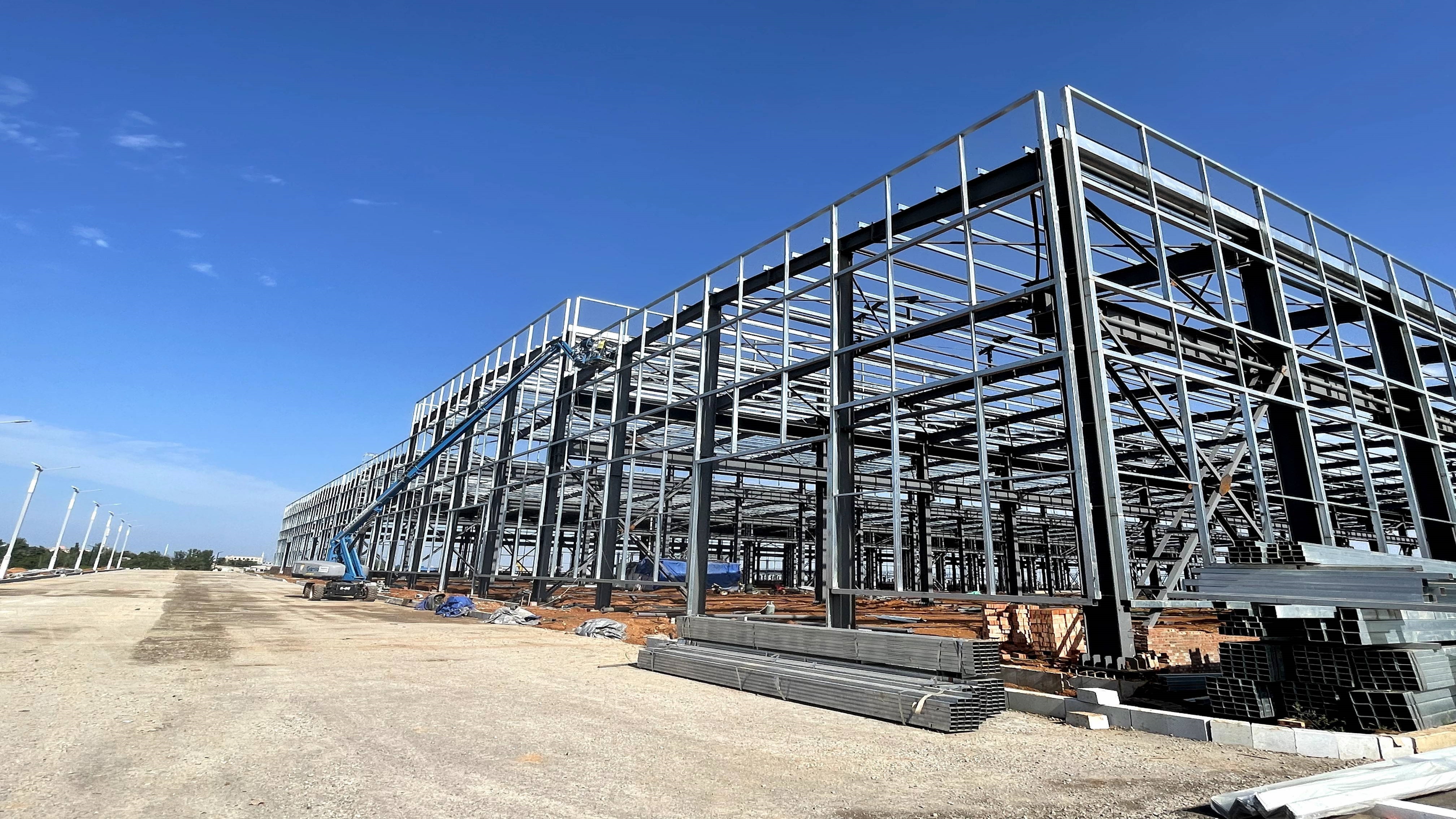We Must Eliminate the Three Major Biases Against Steel Structure Residential Buildings
“Steel structure housing can fully meet the people’s expectations for ‘good houses’. Steel structure housing is advanced, safe, durable, comfortable and sustainable housing. Nowadays, in Japan, South Korea and other countries and Taiwan, China, China, steel structure housing is the mainstream of housing. To develop steel structure housing, China must first break the three’ prejudices’ against steel structure housing
The first major “prejudice” is the problem of unsafe and rudimentary steel structure housing. Ma Shuxin pointed out that in response to the common concepts of poor fire resistance, weak corrosion resistance, insufficient structural stability, poor thermal insulation and sound insulation performance, and wall cracks in steel structure residential buildings, “contrary to rumors, famous super high-rise buildings are all steel structure buildings, and most tall buildings use steel structure forms. Steel structure residential buildings can meet all the characteristics of a ‘good house’ and even become a model for high-end residential buildings, which cannot be compared to simple houses.” He introduced that the progress of building technology is first and foremost the progress of materials. Looking at the forms of human building structures, from wooden structures to brick and stone structures, to reinforced concrete structures, and then to steel structures, it is a historical inevitability. The evolution of architectural structural forms from planar structures to spatial structures, and then from spatial structures to biomimetic structures, is an inevitable trend. The main frame, main pipeline, and small module system of steel structure prefabricated buildings do not appear out of thin air. Behind them are solid foundations in engineering, biology, and environmental science. Steel structure residences are “good houses” that combine safety, reliability, and aesthetic value.
The second major “bias” is the issue of high cost of steel structure housing. Regarding the common concept in the engineering industry of high construction costs and installation costs of steel structure residential buildings and building facilities and equipment, Ma Shuxin stated that by optimizing design, coordinating the industrial chain, and using high-strength steel, this problem can be solved. Reasonable design and use of high-strength steel can reduce steel consumption, ensuring that steel structure construction projects are economically reasonable, cost controllable, technically reliable, and effectively implemented. He also pointed out that some steel structure residential projects have high steel structure costs due to various factors, and it is not advisable to reduce costs by using cheap and inferior supporting materials. The cracking caused by the use of inferior wall materials is not related to the steel structure, “he said.
The third major bias is the durability issue of steel structure residential buildings. Regarding some people’s belief that steel structure buildings are older than concrete buildings, Ma Shuxin believes that steel does not rust in dry environments, such as the Empire State Building in New York, which has not been painted and has not rusted to this day. The Eiffel Tower is 328 meters high and was built in 1889. It has stood for a hundred years. The Eiffel Tower is made of cast iron, while steel and iron are different concepts. Steel is the strongest building material, so how can we say that steel structure buildings are not durable? “He said that by using high-performance steel such as fire-resistant steel, weathering steel, stainless steel, high-strength steel, as well as technological innovations such as steel reinforced concrete, fire protection design can be optimized, environmental adaptability design can be increased, and maintenance management can be strengthened, thereby improving the durability of steel structure residential buildings.
The way to eliminate these three major ‘biases’ is to speak with facts, “Ma Shuxin told China Metallurgical News reporters. The core competitiveness of high-strength steel structure buildings is light, fast, good, and economical. At present, the amount of steel used in China’s steel structure has exceeded 100 million tons, and the commonly used construction steel is mainly Q235 and Q355 ordinary steel. The high-strength steel Q420, Q460, Q550, and Q690 produced by Baowu in China have been widely used in various building systems, significantly reducing the amount of steel used in construction. For example, in the high-rise residential project in Urumqi, Xinjiang designed by Baogang Jianke, high-performance steel and flat column steel tube concrete structure were used, and the amount of steel used in construction was only 75 kilograms per square meter, which saved 45 kilograms per square meter compared to traditional steel structure design and greatly reduced the cost.
He said that currently, China is in the early stage of the great development of steel structures. Developing steel structure buildings is an important measure to promote the transformation and upgrading of the construction industry and achieve high-quality development. Compared to concrete buildings, steel structure buildings have advantages such as easy industrial production, short construction period, good seismic performance, low construction noise, and great value for recycling. At the same time, they have the industrial foundation of intelligent construction and unique advantages of green industrial construction. They have great potential in implementing the “dual carbon” goal and promoting high-quality development of the construction industry.
